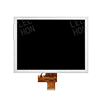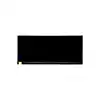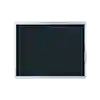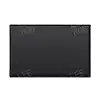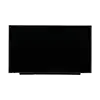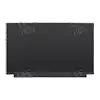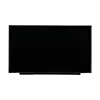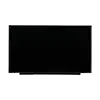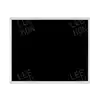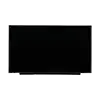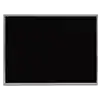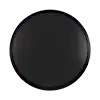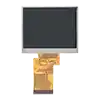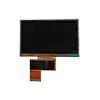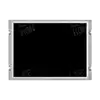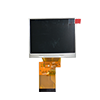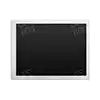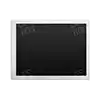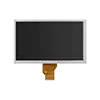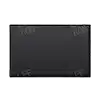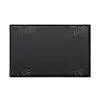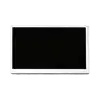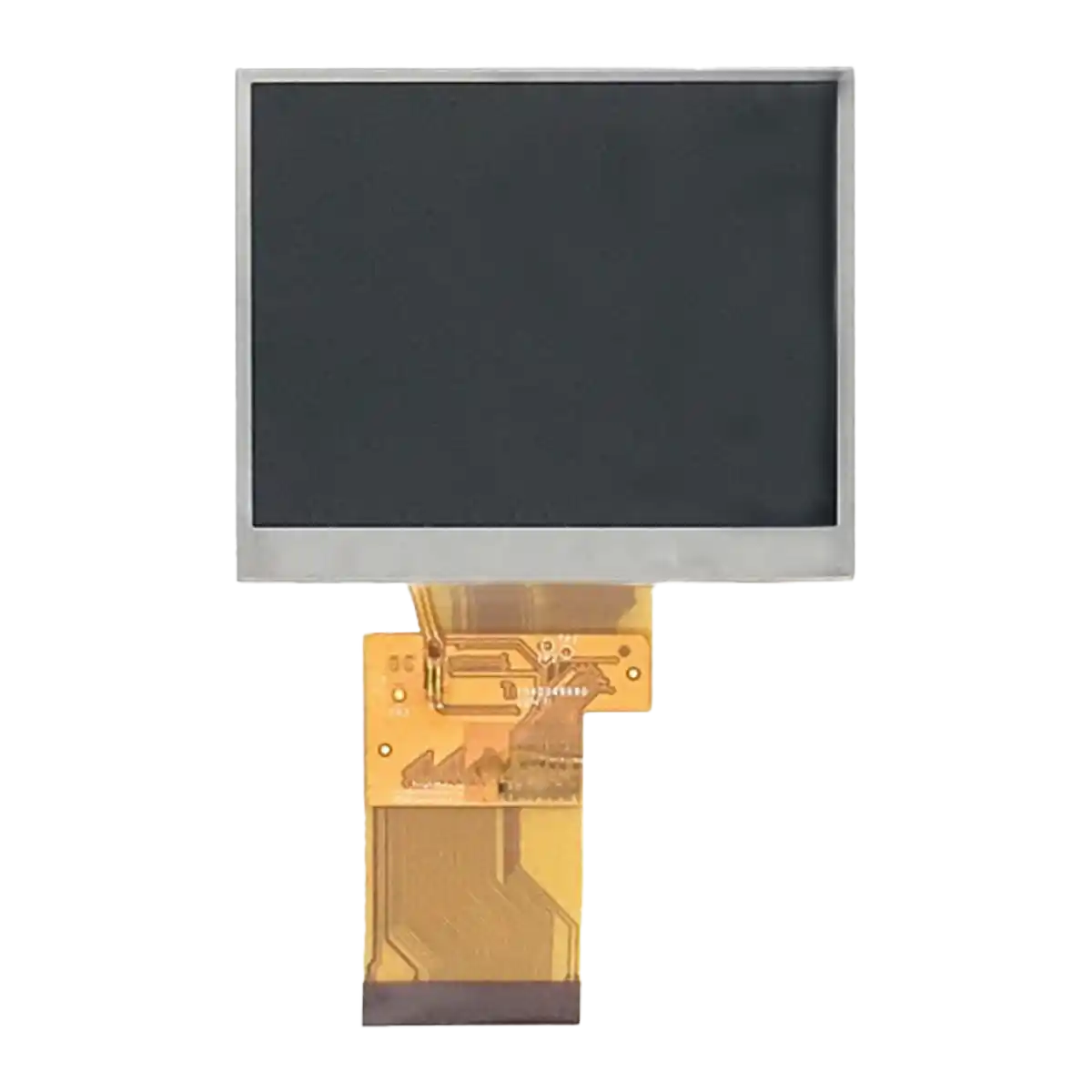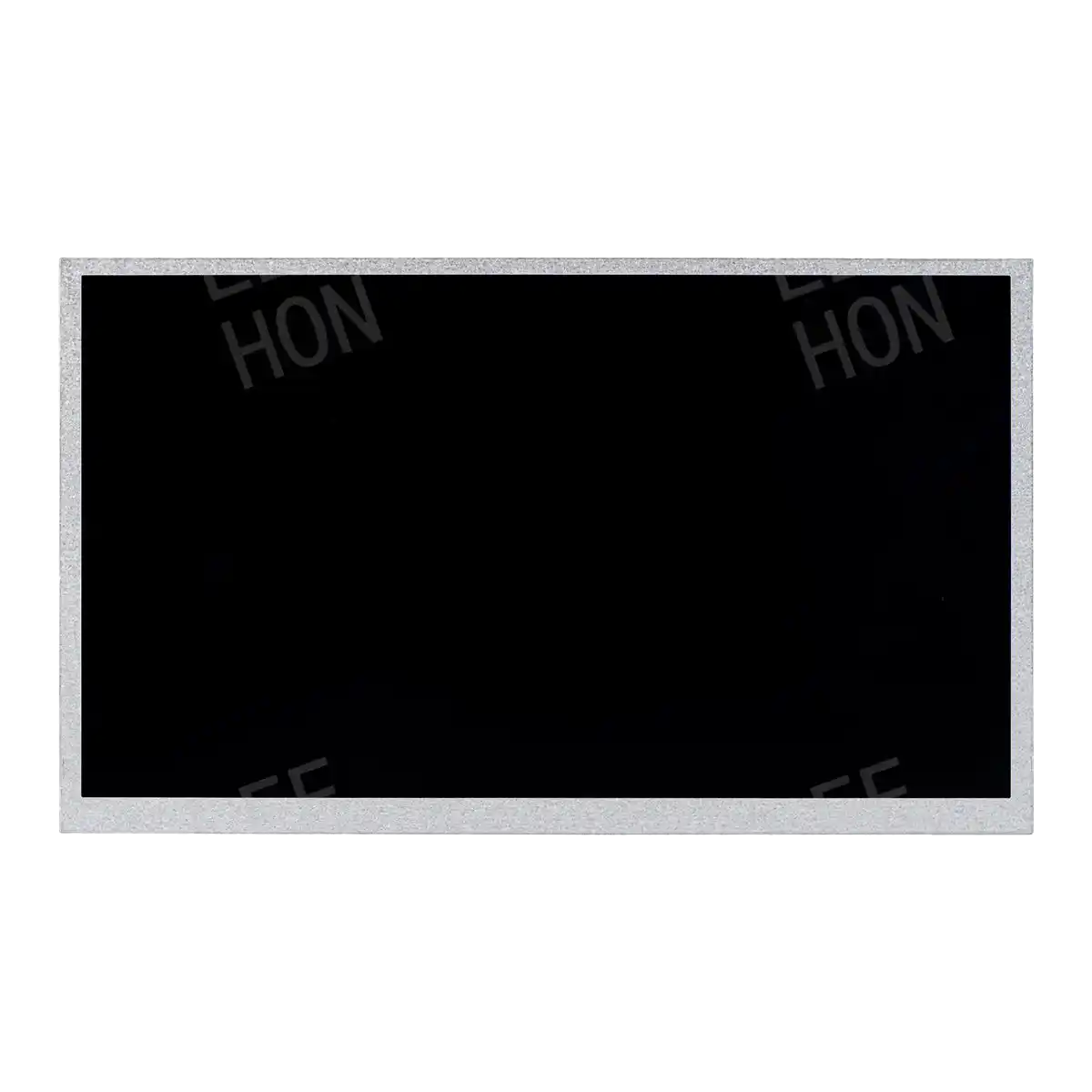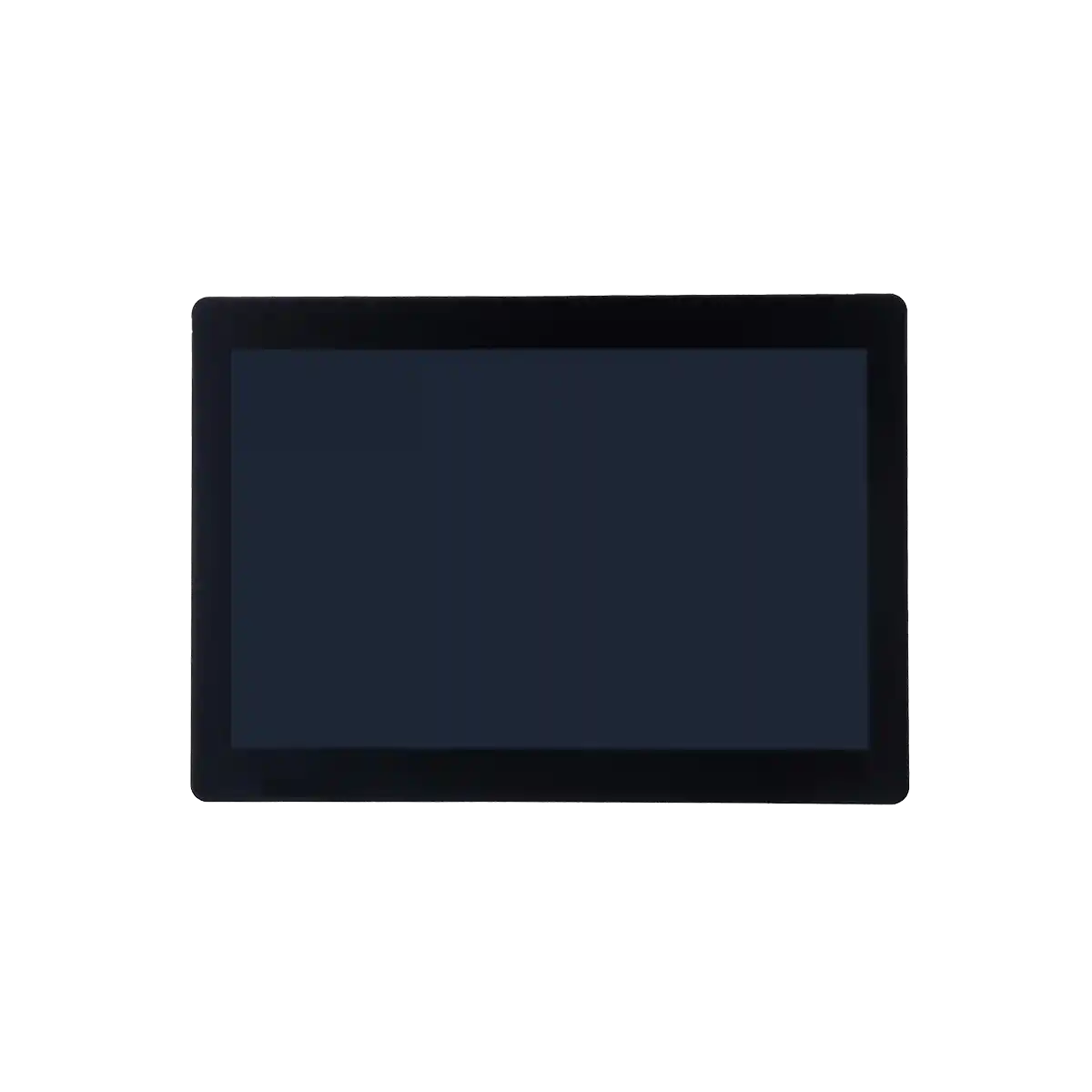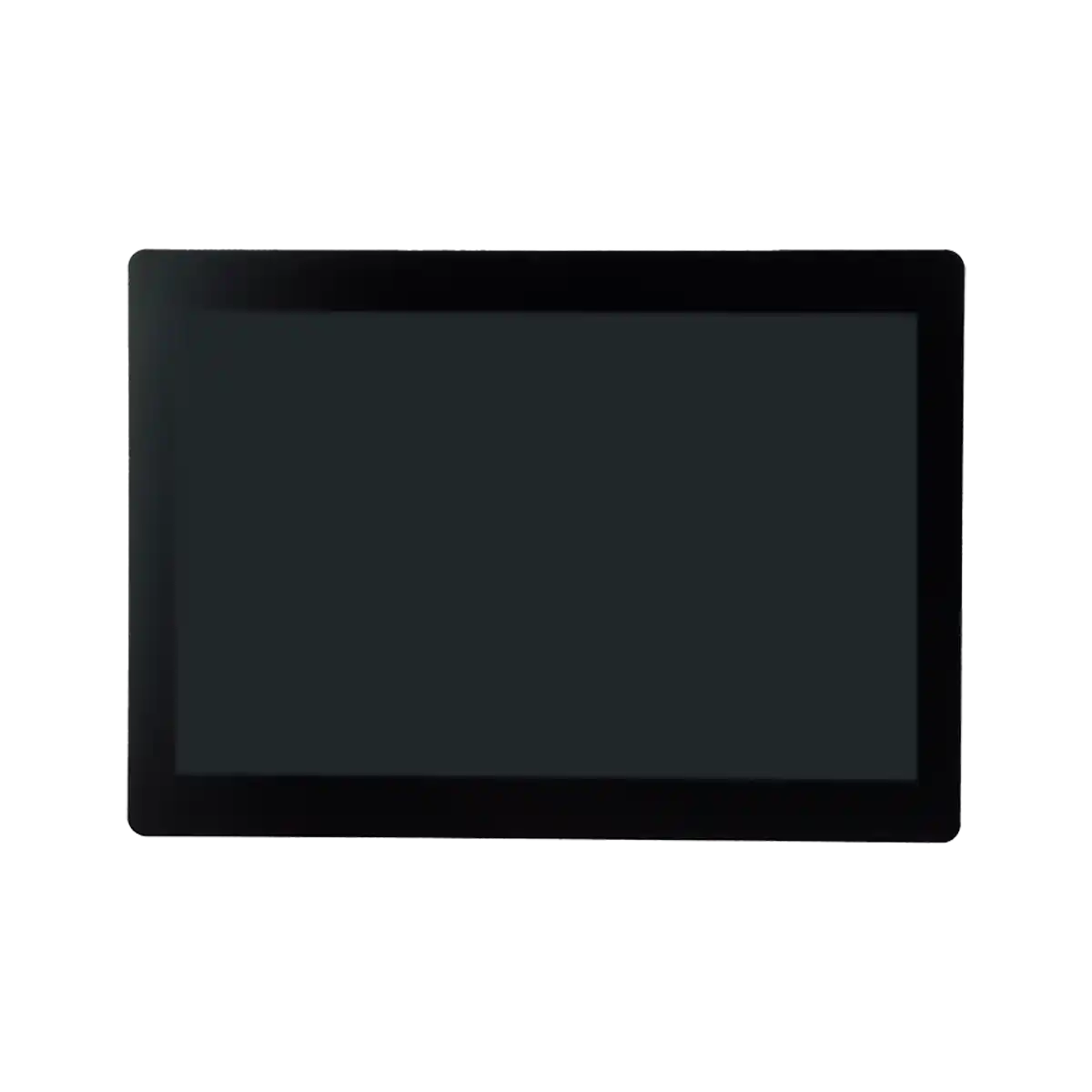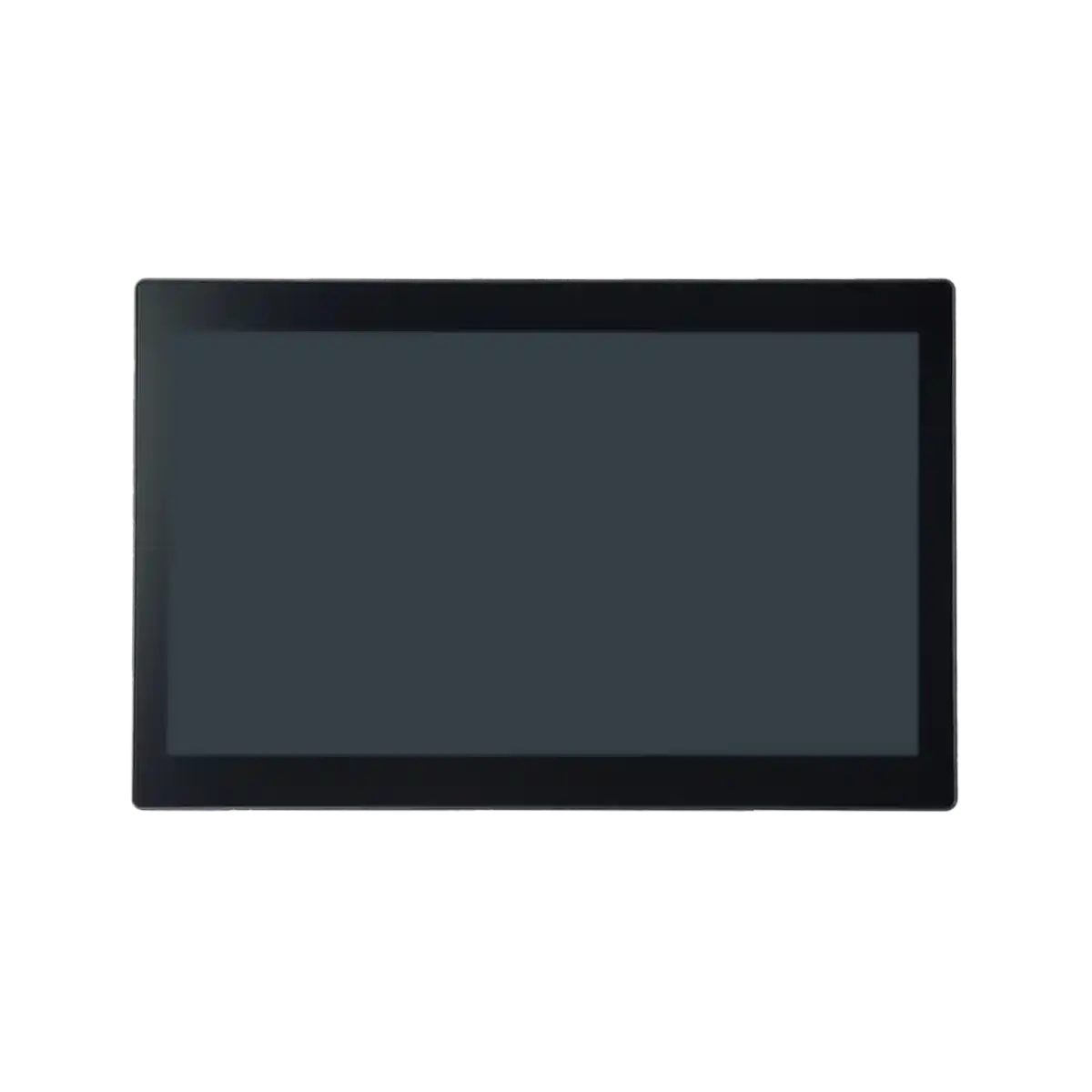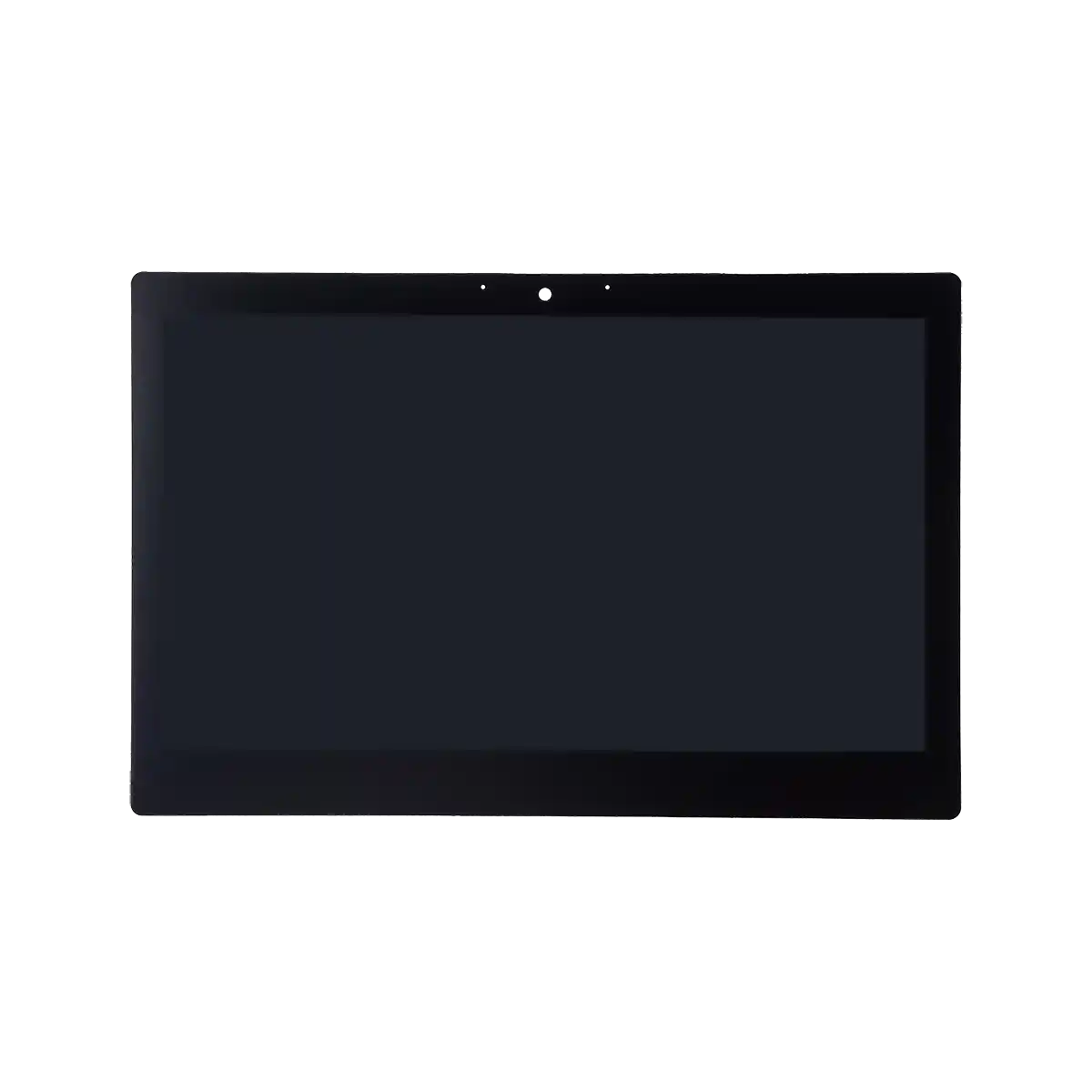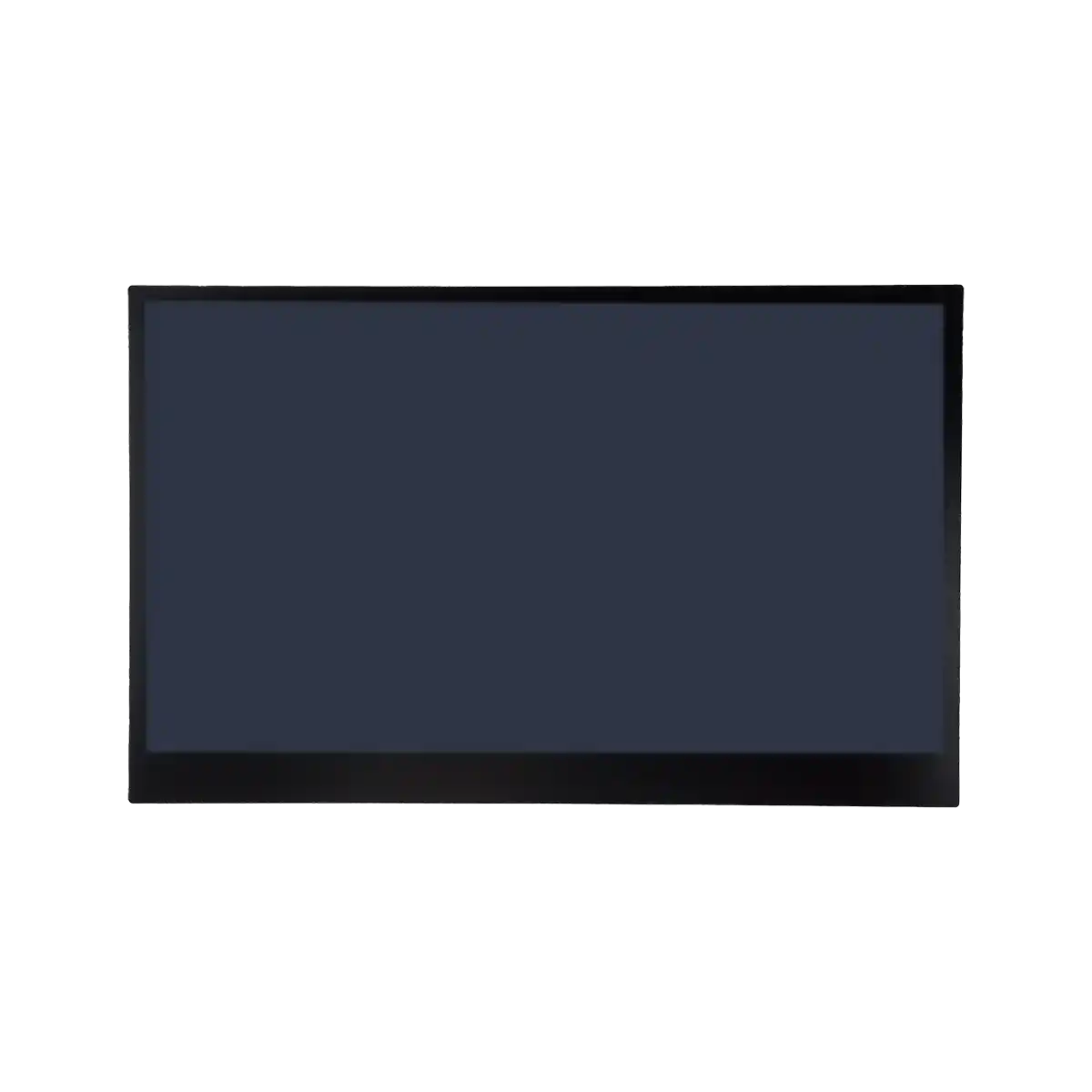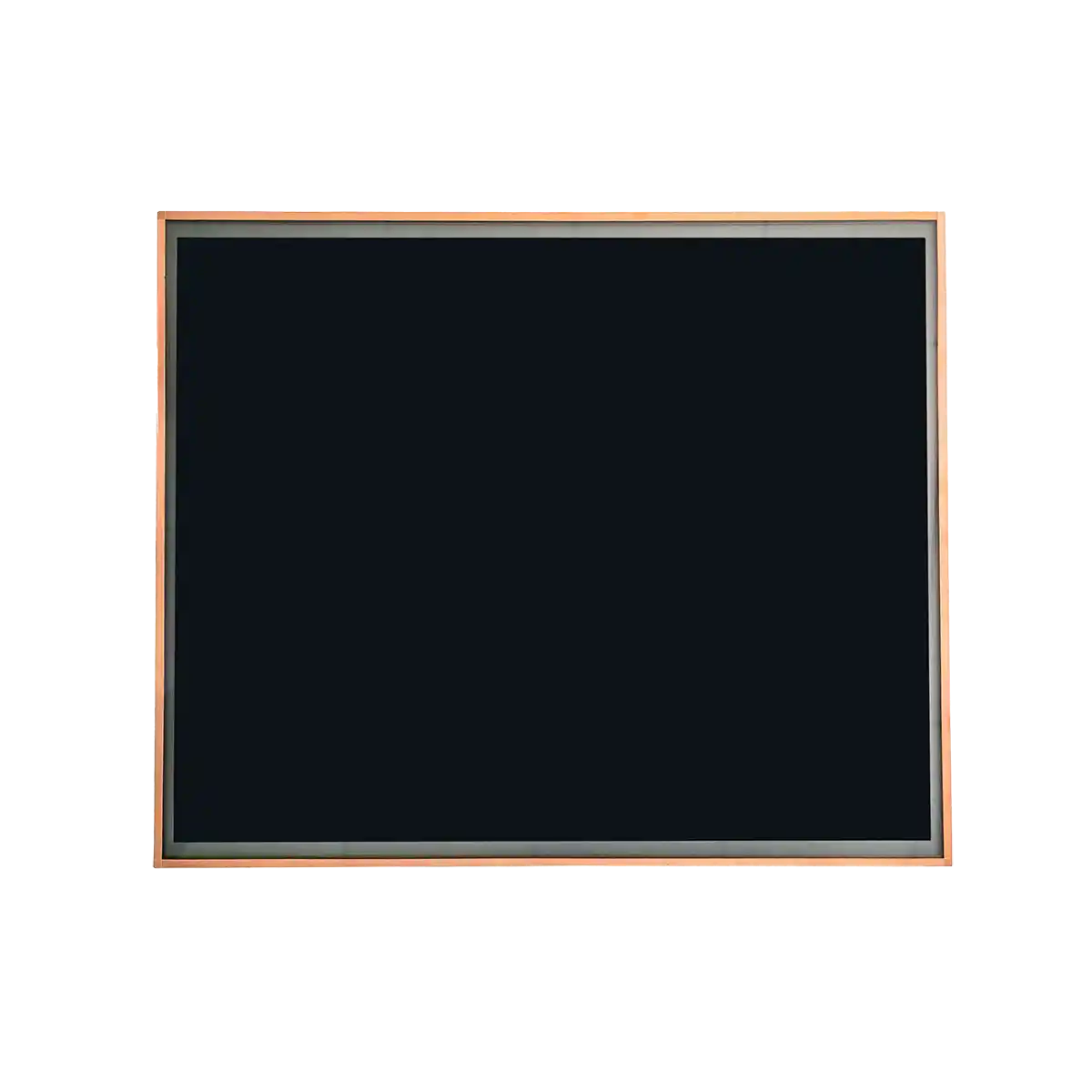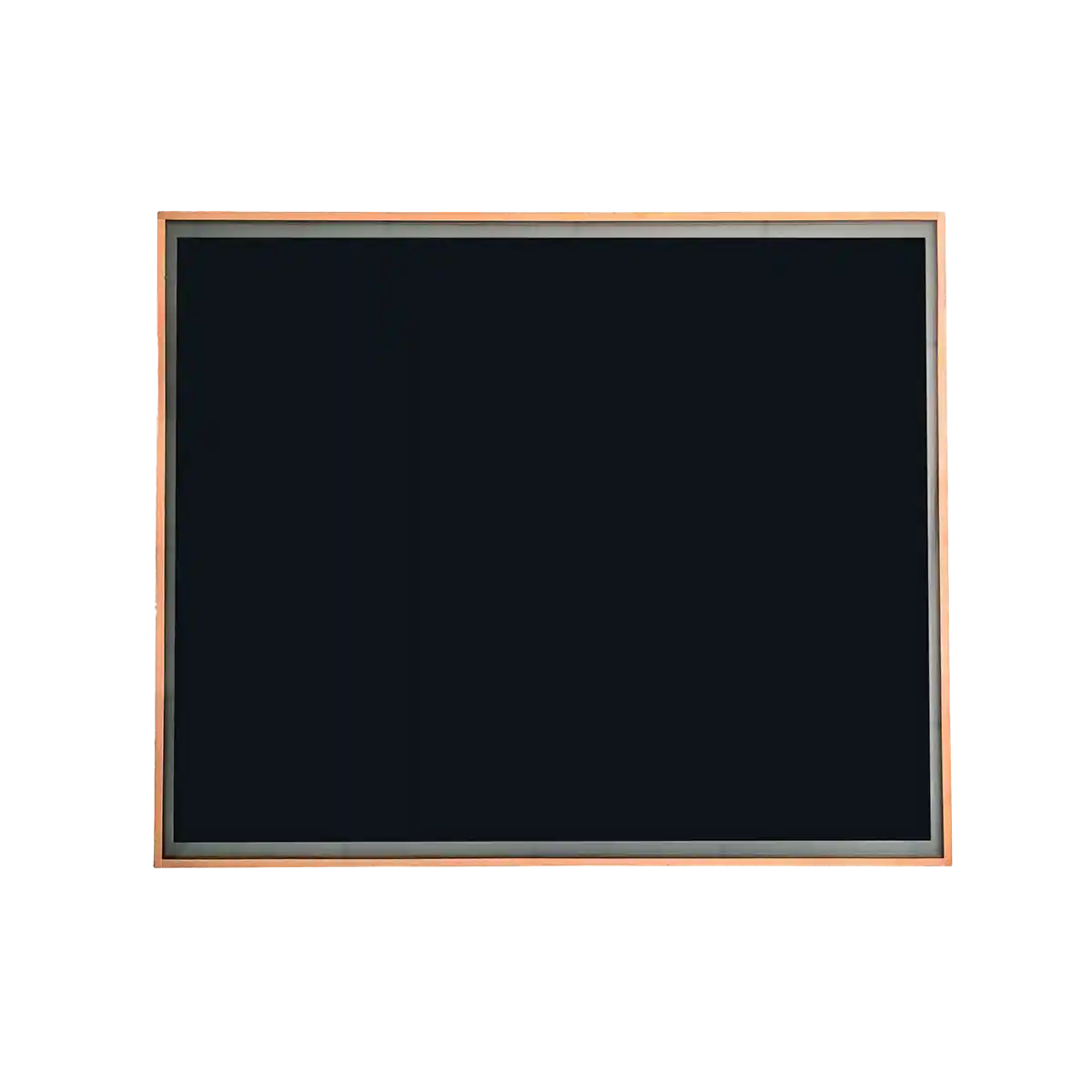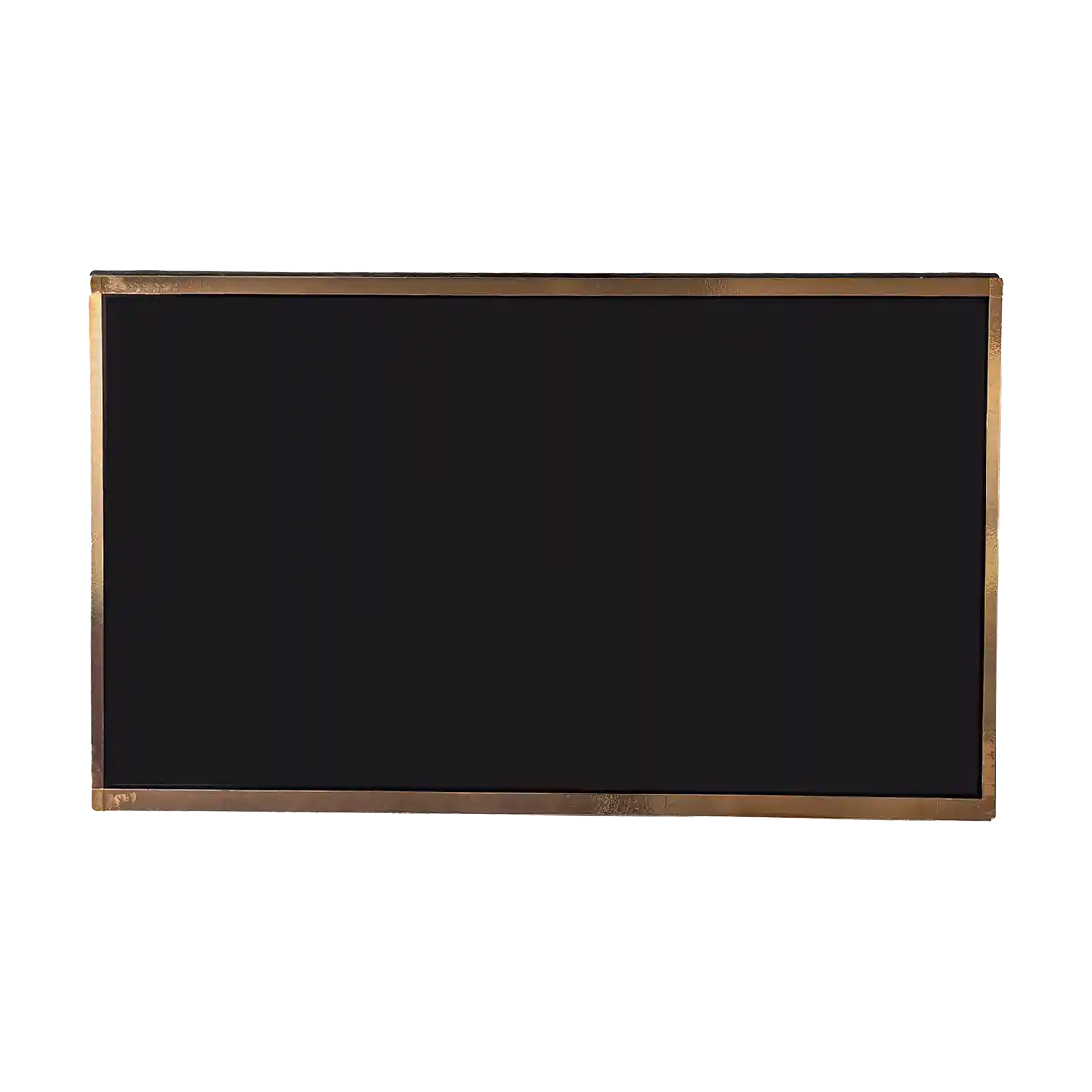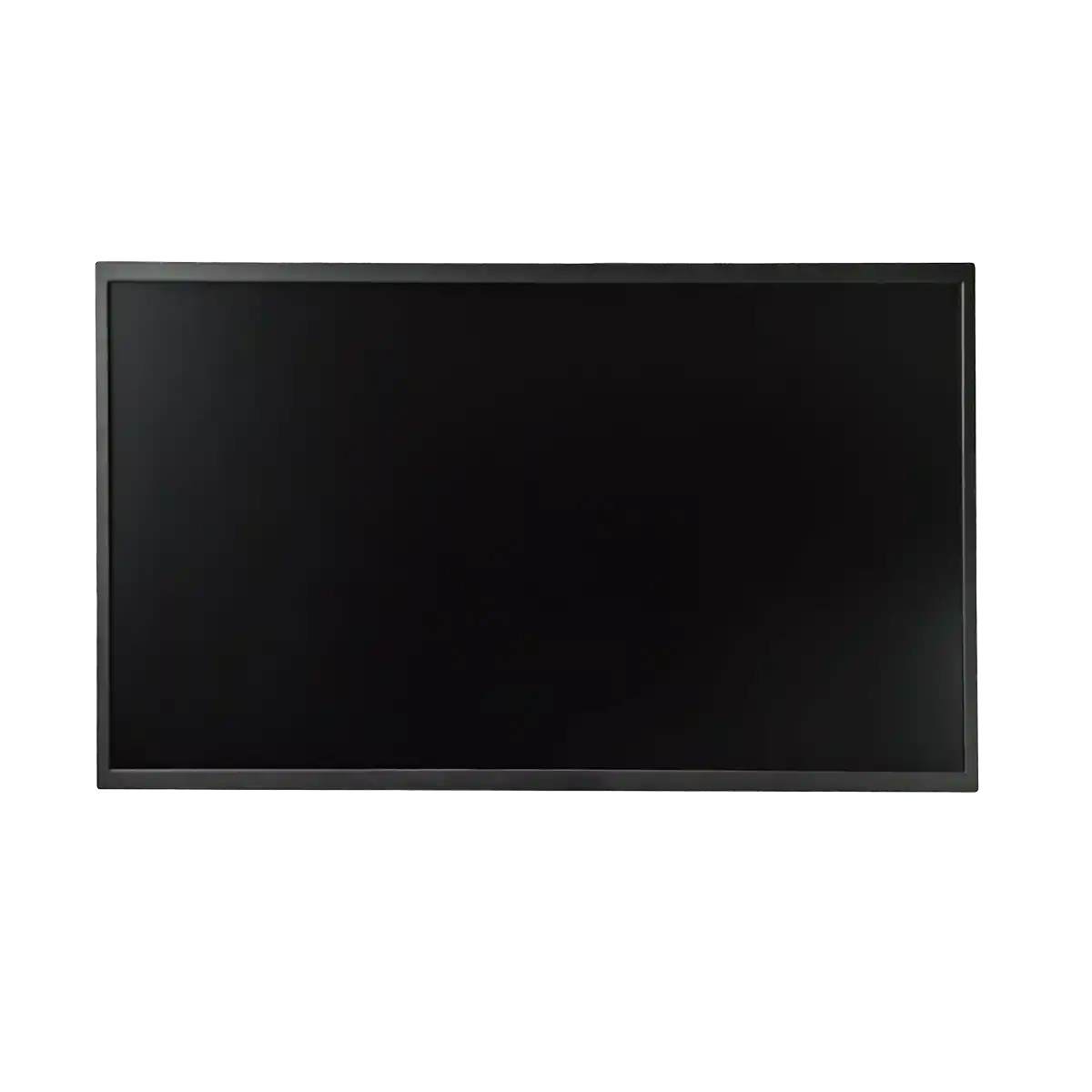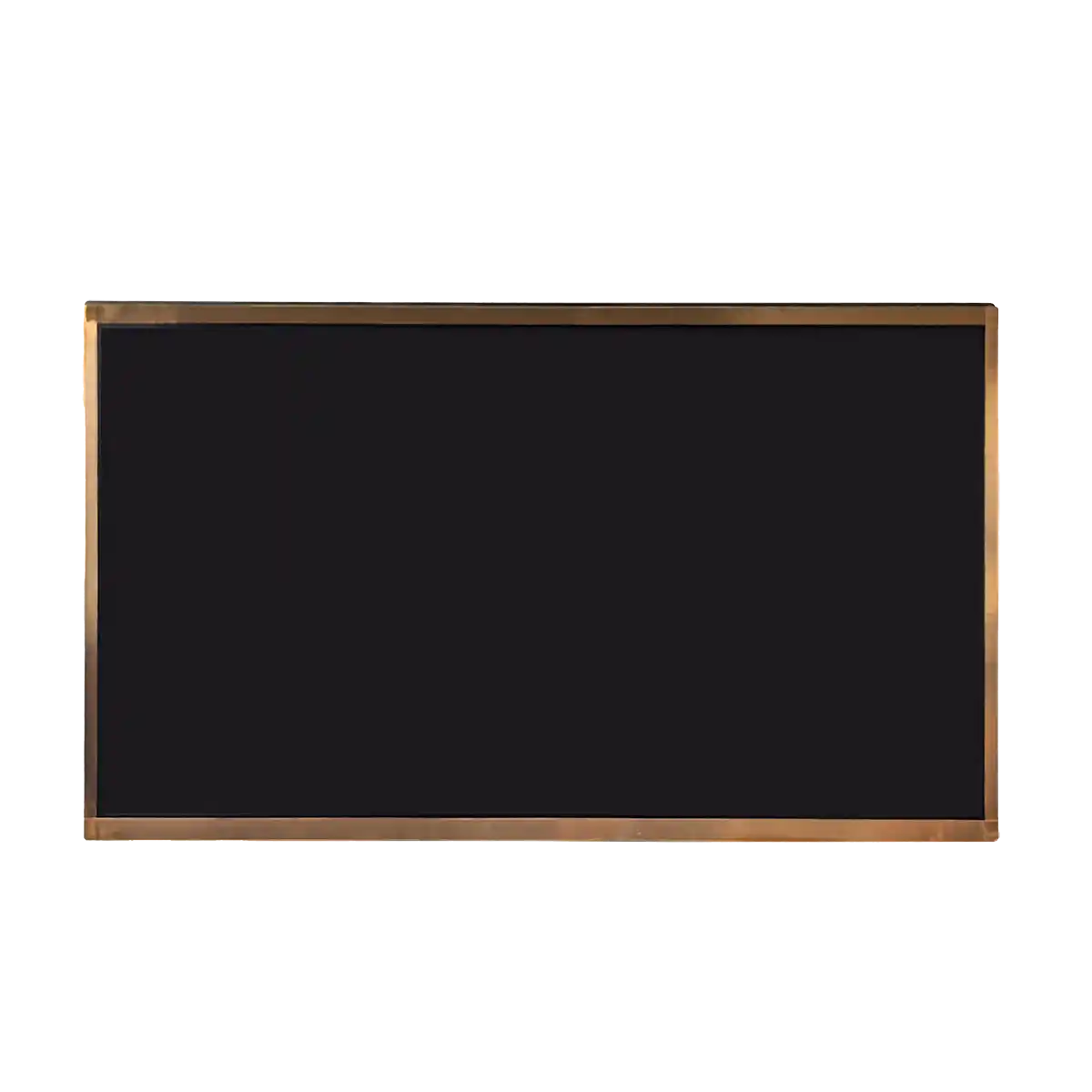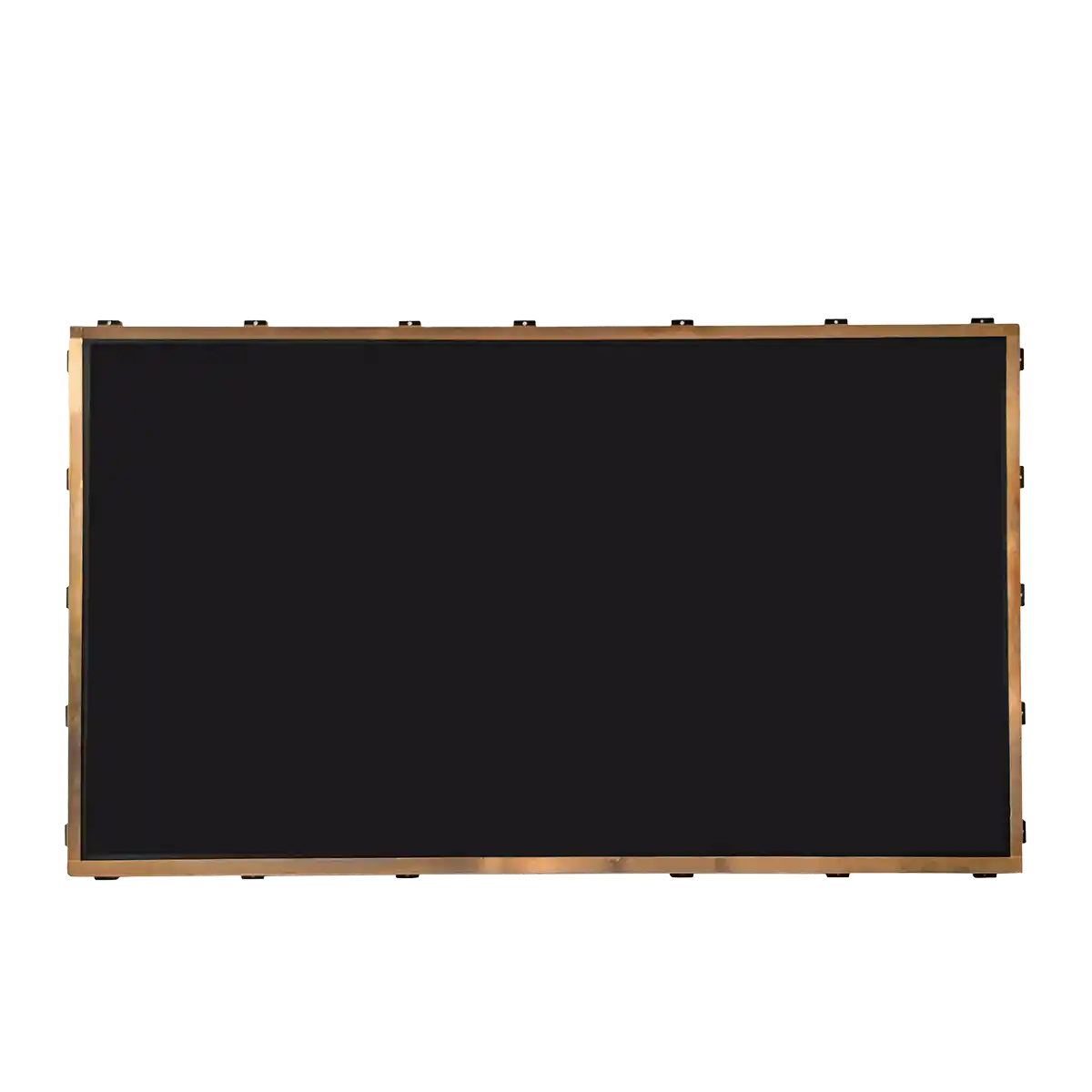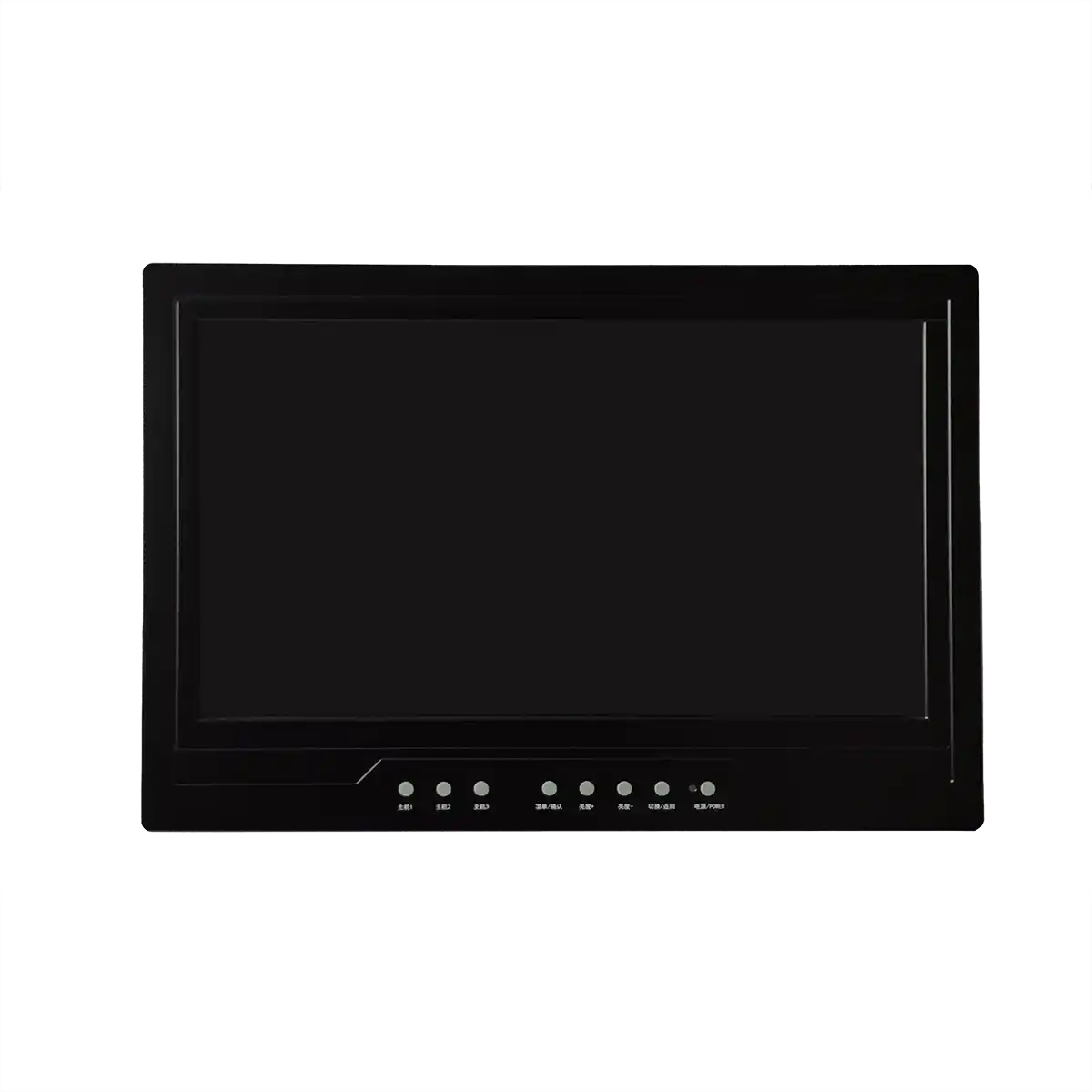Industrial LCD Screens in Aviation: Safety and Reliability Considerations
Introduction
In the realm of aviation, where precision and safety are paramount, the role of display technologies cannot be overstated. Industrial LCD Screens, or Liquid Crystal Displays, have become an integral part of the cockpit's instrumentation suite. These screens are not merely a visual aid; they are a critical component of the aircraft's safety and operational integrity. As a seasoned expert in avionics, I will delve into the intricacies of Industrial LCD Screens, exploring their significance in aviation, the unique challenges they face, and the measures taken to ensure their reliability and safety.
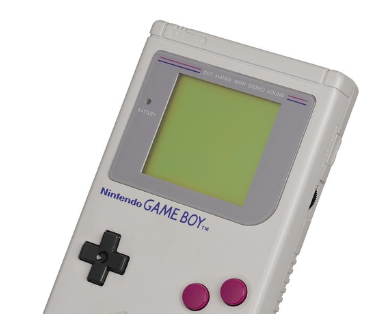
Body
Industrial LCD Screens are electronic flat panel displays that utilize the light-modulating properties of liquid crystals. Unlike traditional cathode ray tube (CRT) displays, LCDs are composed of several layers, including two glass panels with electrodes, a liquid crystal layer, and polarizing filters. The term "industrial" in this context refers to the robustness and durability of these screens, designed to withstand the harsh conditions of an aircraft environment, such as extreme temperatures, vibrations, and potential electromagnetic interference.
The primary function of these screens is to provide pilots with real-time data, including flight parameters, navigational information, and system status reports. This data is crucial for decision-making during flight operations. The screens must be legible under various lighting conditions, including direct sunlight, and must maintain brightness and contrast even in the face of rapid changes in ambient light.
To ensure safety, Industrial LCD Screens in aviation undergo rigorous testing and certification processes. They must meet or exceed the standards set forth by regulatory bodies such as the Federal Aviation Administration (FAA) and the European Aviation Safety Agency (EASA). These standards include environmental testing, electromagnetic compatibility (EMC) testing, and durability assessments.
One of the critical considerations in the design of Industrial LCD Screens is redundancy. In the event of a single point of failure, the system must continue to function, ensuring that the pilot has access to vital information. Redundant systems are often employed, with multiple screens and backup displays in place to provide a fail-safe mechanism.
Another aspect is the user interface design. The screens must be intuitive and easy to navigate, even under stressful conditions. The layout of the information, the color coding, and the size of the fonts are all carefully considered to minimize pilot workload and maximize situational awareness.
Conclusion
The use of Industrial LCD Screens in aviation has revolutionized the way pilots interact with their aircraft. These screens are not just technological marvels; they are a testament to the relentless pursuit of safety and reliability in the aviation industry. As technology advances, the capabilities of these screens continue to evolve, offering higher resolutions, improved brightness, and more sophisticated data presentation techniques.
However, with these advancements come new challenges. Cybersecurity is a growing concern, as the increased connectivity of aircraft systems can expose them to potential threats. The industry must remain vigilant, continuously updating and reinforcing the security measures around these critical components.
Expansion
Looking ahead, the integration of augmented reality (AR) and virtual reality (VR) technologies within Industrial LCD Screens is an area of active research. These technologies have the potential to enhance the pilot's perception of the environment, providing overlays of critical data directly onto the view outside the cockpit or within the cabin.
Furthermore, the development of flexible and curved Industrial LCD Screens could lead to new cockpit designs that are more ergonomic and space-efficient. These advancements could also pave the way for the integration of display technology into the structure of the aircraft itself, creating a seamless interface between the pilot and the aircraft's systems.
In conclusion, Industrial LCD Screens are a cornerstone of modern aviation, embodying the intersection of cutting-edge technology and stringent safety requirements. As we continue to innovate and push the boundaries of what is possible, the safety and reliability of these screens will remain at the forefront of our considerations, ensuring that the skies remain a domain where humans can explore and travel with confidence.
Recommended Articles
-
Are the displays in Tesla's Cyb
2024-12-10 -
Interpretation Report on AUO's
2024-12-05 -
ADS Pro: The Future of Display
2024-12-04 -
The Trajectory of South Korea's
2024-12-04 -
Practical Applications of Indus
2024-09-26 -
Hangzhou LEEHON Technology supp
2024-09-14 -
How to Check for Issues in Indu
2024-09-11 -
How does an LCD screen find ind
2024-09-11 -
What is the difference between
2024-09-11 -
In-depth analysis of the develo
2024-09-10


